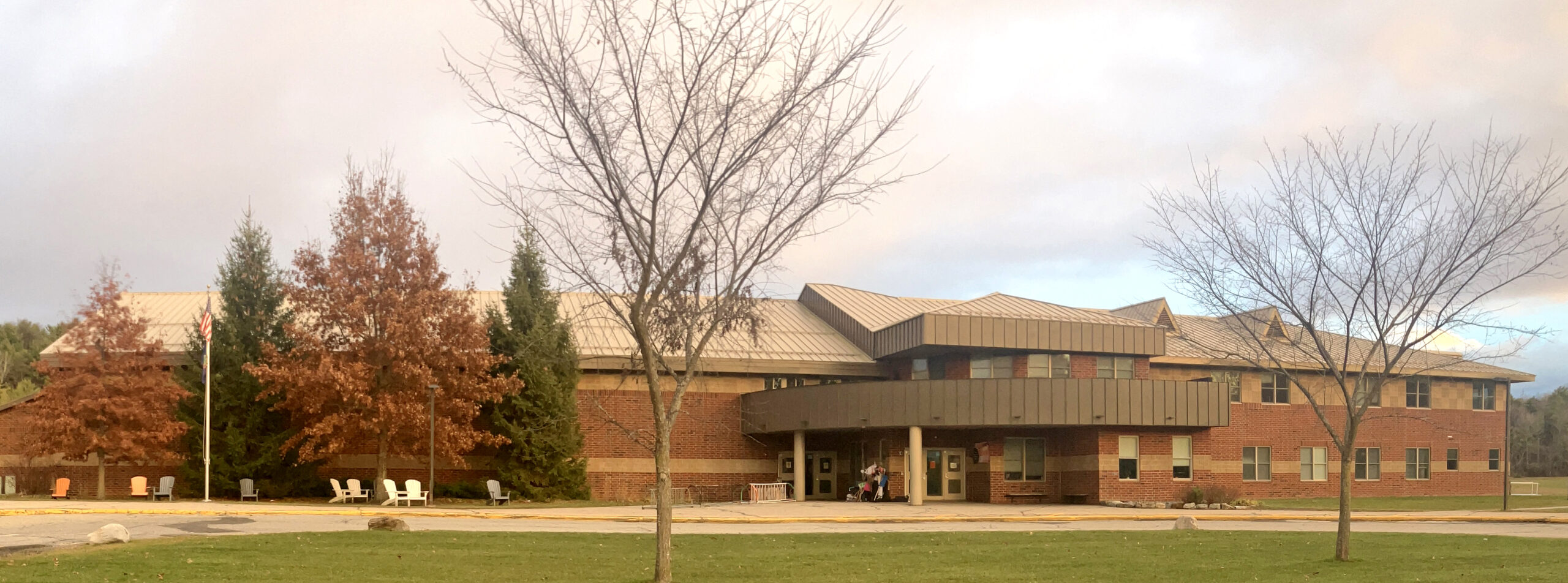News
Vergennes traffic-stop data reflect bias
I do acknowledge there may be some unconscious bias. And that’s the reason that I’m going through all these traffic stops. And I’m willing to listen.
— Vergennes Police Chief George Merkel
VERGENNES — An analysis of more than 10,000 traffic stops conducted by Vergennes police between 2015 and 2019 shows that Black, Asian and Hispanic drivers were more likely to be stopped and ticketed, while Black and Hispanic drivers were more likely to be searched even though they were less likely to be found with contraband.
The data was collected by the department, and University of Vermont Professor Stephanie Seguino received and analyzed the information.
The heart of the work Seguino provided to the Independent included an analysis of 10,744 traffic stops, including 9,735 white, 417 Black, 241 Asian, and 194 Hispanic drivers.
Among its findings: Black drivers were searched almost four times as often as white drivers, but contraband was more often found on white drivers. Also, Black, Asian and Hispanic drivers were more likely to receive tickets, rather than warnings, than white drivers.
Seguino is the co-author of the 2017 study “Driving While Black and Brown in Vermont” that concluded there was bias in traffic policing in the state, including in Vergennes.
Some criticized the study’s methodology, but Seguino and her colleagues adjusted their approach to the data and duplicated their findings in 2018.
Both Vergennes City Manager Dan Hofman and Police Chief George Merkel said they would take the latest results seriously.
Hofman said on Tuesday he would use Seguino’s analysis and other data — such as budgetary data for comparable communities, demographic data, and the nature of calls to which the department responds — to improve the city police department.
“The outcomes of stops are something I definitely want to look at and do better in,” Hofman said. “It’s not just this data. I want to look at lots of different sources of data and different types of data. Obviously, the outcomes are one of the points of the data. It gives us room to improve there.”
Merkel said he has begun an analysis, including of video when available, of all the traffic stops covered in the study period.
He did not deny there could be issues.
“I don’t believe my guys would intentionally target anybody. I don’t believe that. However, if there’s a problem, I want to address it. I don’t believe it’s an intentional thing. It may be unintentional,” Merkel said in a Tuesday interview. “I do acknowledge there may be some unconscious bias. And that’s the reason that I’m going through all these traffic stops. And I’m willing to listen. And if there’s something out there that can help us become better, and if there’s an issue, then we’ve got to address it.”
He later emailed a statement to the Independent that outlined “additional steps” the department would pursue or is already pursuing:
“In addition to the mandatory requirements for racial awareness and bias-free training from the Vermont Criminal Justice Training Council, we are researching possible options for additional bias-free policing, racial awareness, and de-escalation training for the Vergennes Police Department through outside sources.”
He also wrote the first installment of body cameras for the department would arrive “within the next month,” with “a future order to complete the system scheduled for 2021.”
DATA POINTS
Seguino has recently released analysis of annual data from larger Vermont police departments, including Burlington and Rutland.
Because of that publicity, the Independent emailed Seguino on Aug. 29 to ask if she had also analyzed Vergennes data. She said she and her colleagues had not released the city’s information separately, but had a multi-year analysis on Vergennes that she shared.
“The reason we did not release Vergennes as a separate study is in addition to looking at racial disparities using all years of data, we also wanted to evaluate trends over time. As a smaller town, Vergennes’ annual stops of people of color are too small to make statistical inferences,” Seguino wrote. “Nevertheless, we can draw conclusions using all years of data.”
Seguino noted ethnic data was missing from 148 stops despite it being required, but also pointed out that city police tightened up in that department, and that information was missing from fewer than 1% of stops in 2019 after the department did not report that data in more than 16% of stops in 2016.
Among the conclusions from Seguino’s research:
• “Depending on the measure of the driving population we use (Census data from the American Community Survey or accident data reported to the Department of Motor Vehicles), Blacks are stopped at a rate that is between 433% to 567% of their share of the driving population.”
• “For Hispanics, we don’t have Census data, but using Vergennes’ own accident data, Hispanics are 0.4% of the driving population but 1.8% of the stopped drivers. This means they are stopped at a rate that is almost 450% of their share of the driving population.”
• “White drivers are understopped (by 5%) compared to their share of the driving population. Asian drivers are overstopped by 27%.”
• “Black driver are almost twice as likely to be arrested as white drivers (1.7% compared to 0.9%).”
• White drivers were warned for traffic offenses at a 47% rate, ticketed at a 42.2% rate, and arrested at a 0.9% rate.
• Black drivers were warned for traffic offenses at a 42.2% rate, ticketed at a 50.4% rate, and arrested at a 1.7% rate.
• Asian drivers were warned for traffic offenses at a 32.8% rate and ticketed at a 66% rate.
• Hispanic drivers were warned for traffic offenses at a 31.2% rate, ticketed at a 67.7% rate, and arrested at a 1.1% rate.
• White drivers were searched at a 1.3% rate, and including all outcomes (warnings, tickets, arrests) the hit rate for a search was 79.2%.
• Black drivers were searched at a 4.9% rate, and including all outcomes the hit rate was 66.7%.
• Asian drivers were searched at a 0.4% rate, and including all outcomes the hit rate was 100%.
• Hispanic drivers were searched at a 2.1% rate, and including all outcomes the hit rate was 50%.
Vergennes is by no means alone.
According to internal 2019 review of Vermont State Police numbers reported in the Burlington Free Press, “drivers of color who were stopped received tickets instead of warnings at a higher rate than white drivers: 49.5% for Asian drivers, 45.3% for Hispanic drivers, and 42.9% for Black drivers. White drivers received tickets 36.6% of the time.
According to the Rutland Herald, Seguino’s analysis of several years of data there showed, “that Black drivers in Rutland were 79% to 151% more likely to get stopped, 100% more likely to get arrested and 4.7 times more likely to get searched.”
CITY OFFICIALS SPEAK
Merkel placed less credence in the over-stopping numbers than he did in the outcome numbers. He said through traffic on Route 22A is not representative of Addison County’s population, nor can department officers determine who is driving a car when they make stops for speeding. According to the data, overall 90.4 of the stops made are for moving violations.
“The majority of times when we stop a vehicle they are a considerable distance away when we pick them up on radar,” Merkel said. “In the daytime you can see to some degree, but if it’s a long ways off you might not be able to pick it up immediately. And by then the car is in the radar cone, the field of the radar. So we’ve already made a determination that we’re going to stop the vehicle.”
Hofman pointed to Merkel’s research work as evidence of the department’s commitment to improving its record.
“This is something we’ve got to look at very closely, and we are,” he said. “George … is literally going through traffic stop by traffic stop and looking at situations. That’s how seriously we’re taking it.”
Merkel said he did not want his department to tolerate bias.
“I want to get to the bottom of it. I want to see if there is a problem. If there is, we’ll fix it,” he said. “Do I think there is a conscious effort to do this? Absolutely not. Do I think there may be something we don’t see? Absolutely there may be.”
More News
Education News
MUMS repair costs could top $45 million
Proposed improvements to the crowded middle school building include expansions to the gym, … (read more)
Homepage Featured News
Carpenter won’t seek reelection to Middlebury selectboard
Citing mounting professional and family responsibilities, longtime Middlebury selectboard … (read more)
News
Green Peppers gets a new owner: Perrins to pass pizza peel to Bloom
The longtime owners of Green Peppers in Middlebury are selling their business to Christian … (read more)









